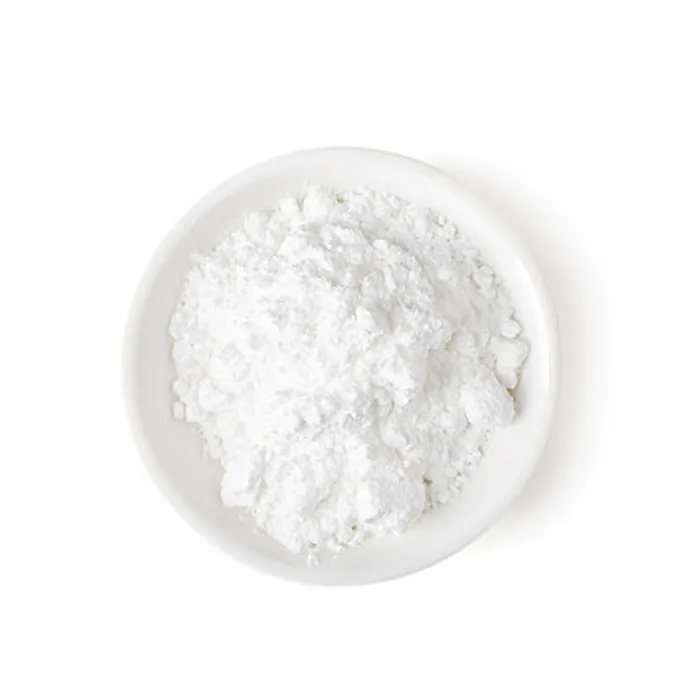Understanding the Manufacturing Process of Active Pharmaceutical Ingredients (APIs)
Active pharmaceutical ingredients (APIs) play a crucial role in the pharmaceutical industry, serving as the primary component responsible for the therapeutic effects of medications. The manufacturing process of APIs is complex and requires adherence to stringent industry standards to ensure safety, efficacy, and quality. This article provides an overview of the key stages involved in the manufacturing process of APIs.
1. Research and Development (R&D)
The journey of API manufacturing begins with research and development. Pharmaceutical scientists conduct extensive research to identify potential compounds that exhibit desired pharmacological effects. This involves high-throughput screening of various chemical entities, followed by the selection of lead candidates based on their efficacy, safety profiles, and manufacturability. Once a promising compound is identified, further studies are conducted to optimize its structure and properties for better activity and lower toxicity.
2. Process Development
Once a candidate API is established, the next step involves process development. This phase focuses on determining the most efficient and cost-effective synthetic route for producing the API. Factors such as yield, purity, and scalability are critically evaluated. Scientists employ various chemical synthesis techniques, including
- Chemical Synthesis This conventional method involves organic chemical reactions to construct complex molecules.
- Biotechnological Processes These processes make use of biological systems, like microorganisms or enzymes, to produce APIs through fermentation or biotransformation.
Process development often includes multiple iterations and optimizations to refine the synthesis pathway and improve the overall production strategy.
3. Scale-Up and Production
active pharmaceutical ingredient manufacturing process

After establishing a robust synthesis route, the focus turns to scale-up and production. This phase involves transferring the laboratory-scale synthesis to a larger manufacturing scale, which can include pilot plants and, eventually, full-scale production facilities. Scale-up poses multiple challenges, including maintaining product quality, ensuring equipment compatibility, and managing costs.
During production, strict adherence to Good Manufacturing Practices (GMP) is essential. GMP guidelines ensure that APIs are produced consistently and controlled according to quality standards. This includes monitoring raw materials, controlling environmental conditions, and conducting in-process testing.
4. Purification and Quality Control
Purification is a critical step in the API manufacturing process. The initial synthetic routes often yield mixtures of products, requiring purification to isolate the desired API. Techniques such as crystallization, distillation, and chromatography are commonly employed to achieve the required purity levels.
Quality control (QC) tests are integral to the manufacturing process. These tests verify that the API meets predefined specifications for identity, strength, purity, and quality. Analytical techniques, including High-Performance Liquid Chromatography (HPLC) and Mass Spectrometry (MS), are employed to assess the API’s quality.
5. Regulatory Compliance and Documentation
The final stages of API manufacturing involve rigorous regulatory compliance and documentation. Manufacturers must adhere to regulatory guidelines set forth by health authorities such as the FDA and EMA. This includes compiling a comprehensive dossier of manufacturing processes, quality control measures, and safety data for submission during the drug approval process.
Documentation ensures traceability and accountability throughout the manufacturing process. It provides essential records that demonstrate compliance with GMP and safety standards.
Conclusion
The manufacturing process of active pharmaceutical ingredients is a multifaceted endeavor that combines science, technology, and regulatory compliance. From initial research and development to large-scale production and rigorous quality control, every aspect of API manufacturing is designed to ensure the delivery of safe and effective medications. As the pharmaceutical landscape continues to evolve, advancements in manufacturing technologies and practices will play a pivotal role in meeting the growing demand for high-quality APIs worldwide.

